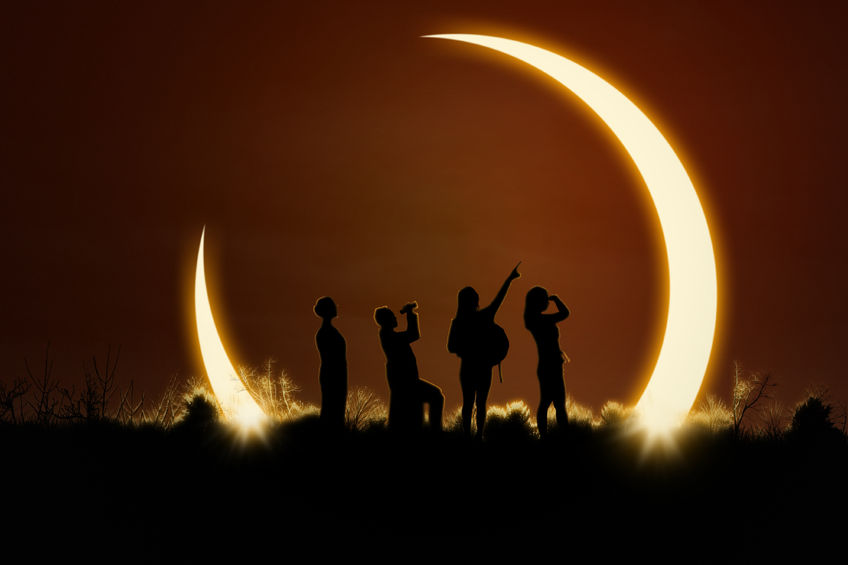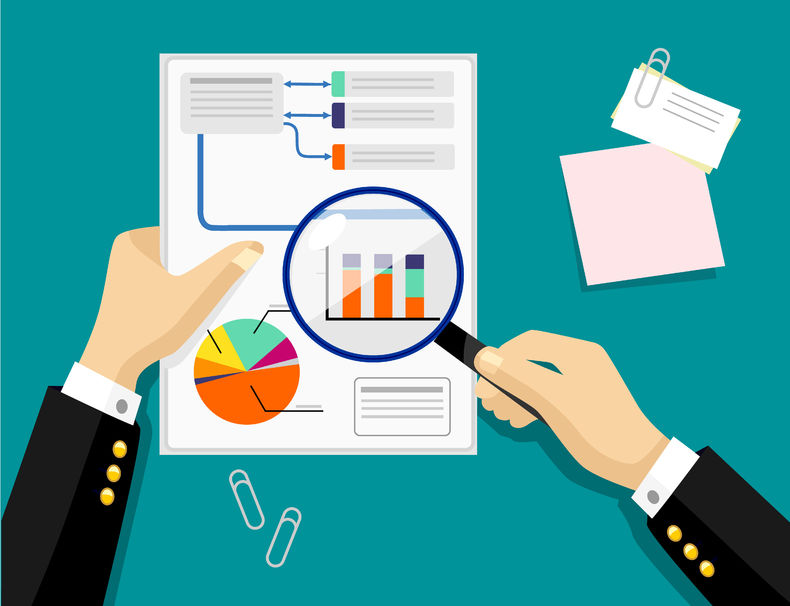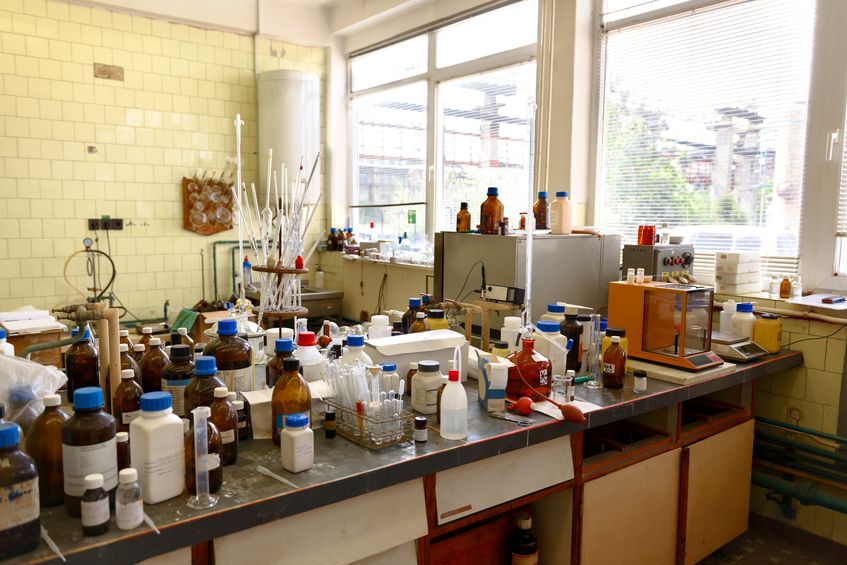The solar eclipse that will pass over the United States on August 21st is a twice-in-a-lifetime opportunity to see a marvel of science in action - though total solar eclipses anywhere in the world only happen approximately every 18 years, there has not been one visible over the United States in 38 years! Because of the rarity of such an event, scientists are keen to learn as much as possible during the 90 minutes of visible totality – and they need your help! Citizen science initiatives – which engage non-specialists to observe their surroundings, record observations, and send them to teams of researchers to compile and analyze – will help astronomers, physicists, and other scientists gather information from across the United States during the eclipse. Science is inherently broad, thus researchers in one field should still consider participating in citizen science initiatives in another. Not only is citizen science important to the advancement of fields that require a breadth of data not accessible in a lab, but it can be a fun way to engage with a new area of science by being an active participant in observing your surroundings.
During the solar eclipse, NASA, other government-sponsored research centers, and universities from across the United States are leading projects that will help them, and us, better understand the sun and its effects on the Earth. A complete list of these citizen science initiatives are available on the NASA website, and some require professional equipment or are training sessions that have passed. Don’t worry, though; there are still citizen science initiatives during the eclipse that can easily be participated in!
- Life Responds from the California Academy of Sciences. This study aims to analyze how animals and plants respond to the eclipse. Anyone can participate by using the iNaturalist app, available for iOS and Android phones. Plan on being outside 30 minutes before totality, during totality, and 30 minutes afterwards, to observe a plant or animal of your choosing. You’ll record your observations of the plant or animal – especially related to its behavior – during each of the three time periods, and input them into the app. You can also add photo, sound, or video recordings to supplement your written observations.
And if you are planning to take photos during the eclipse, you can also use them in another citizen science project…
- Eclipse Megamovie from Berkeley and Google. The core of this project is geared towards photographers with professional-level cameras, who can take high-quality pictures of the sun during the eclipse and in the few seconds before and after totality. However, there is also an option for anybody to participate, using the Eclipse Megamovie app on iOS or Android. Individuals observing the eclipse in the path of totality can take photos and share them with researchers, who will be using them to produce a video showing the entire eclipse during its path over the United States. And this project will repeat during the next total solar eclipse in 2024; the videos will then be used by researchers to analyze the changes in the corona (the outer layer of the sun) over time.
If you’re feeling more up for a technical project, the study of radio waves during the eclipse might be of interest:
- EclipseMob from the University of Massachusetts and George Mason University. The goal of this project is to measure how the earth’s atmosphere is affected by the eclipse, with the goal of understanding how global communication could be affected during natural disasters. The transmission of radio waves is dependent upon the physical composition of a layer of the atmosphere known as the ionosphere. Taking advantage of this, EclipseMob asks citizens to measure radio waves being transmitted from two sites (one in Colorado, one in California) at sites across the United States. (Similar studies were performed during previous total eclipses, but without standardization of the radio wavelength used.) The EclipseMob website details how to build a receiver and asks participants to record the signal strength of the radio waves during the eclipse as well as 24 hours before and after.
While these projects all provide data to researchers, there are also many other ways that you can inject some science into your eclipse viewing fun. For example, according to NASA, you can use data gathered during the eclipse to replicate scientific studies that calculated the distance between the earth and the moon, the mass of the earth, and even the theory of general relativity! You can also make observations about your local community, such as the change in temperature or in brightness caused by the eclipse.
As you can see, there are many ways to help advance scientific knowledge during the August 21st solar eclipse. Will you be participating in any citizen science during the eclipse? Let us know!
Quartzy is the world’s No. 1 lab management platform. We help scientists easily organize orders, manage inventory, and save money. We’re free and always will be. Visit Quartzy.com or reach out at info@quartzy.com.
Interested in writing for The Q? Send us an email!
Share this:
Tags: tips, science news

Aliyah W.
Aliyah is a science communicator with a PhD in immunology, currently based in Boston. You can find her on Twitter @desabsurdites and on her blog at www.aliyahweinstein.com.




